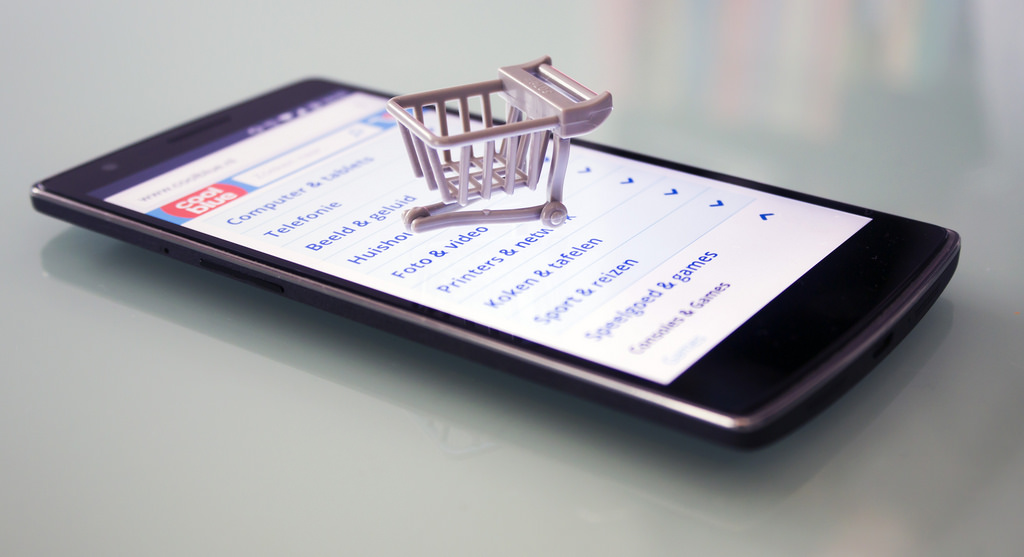 A on the US subscription ecommerce market contained a number of surprises. What is clear is that subscriptions are now of significant scale. What the report from McKinsey doesn’t really highlight is the risks and threats that subscription shopping brings – how subscription ecommerce shopping massively disrupts all other shopping – even in categories that aren’t included in the subscription. Whether your brand sells via a subscription business model or not, rest assured, you will be affected.
A on the US subscription ecommerce market contained a number of surprises. What is clear is that subscriptions are now of significant scale. What the report from McKinsey doesn’t really highlight is the risks and threats that subscription shopping brings – how subscription ecommerce shopping massively disrupts all other shopping – even in categories that aren’t included in the subscription. Whether your brand sells via a subscription business model or not, rest assured, you will be affected.
Subscription ecommerce shopping is growing fast
A while back I posted on the . At the time it wasn’t clear how big subscription shopping would be. McKinsey now claim that 15% of online shoppers have subscribed to one or more subscriptions. Still small, but probably a lot more than you’d think. More significantly, the market has grown by over 100% every year for the last five years. Fifteen percent is even more significant when you consider that this number skews dramatically towards young, affluent and urban shoppers. You can see that the percentage of shoppers moving into subscriptions for a particular brand or category could be significantly higher. The impact on your business could be huge!
Different subscription business models attract different shoppers
Shoppers are attracted to subscription ecommerce for different reasons. There are three broad reasons why shoppers shop via a subscription. Replenishment shoppers typically are looking to automate the purchase of categories or products they always need. Curation shoppers are looking for the opposite – variety which might bring surprise or delight. The last group McKinsey calls ‘access’ – these shoppers seek discounts or perks as a result of their subscription.
This means that subscription ecommerce is going to drain certain shoppers from other channels.
The replenishment based subscription business model has massive implications for brands and marketing
A replenishment shopper is typically highly loyal to the brand as a consumer, but clearly gets little pleasure out of the (current) shopping process. Something like contact lenses, for me, would fall into this category. I am totally loyal to one brand, use it consistently, but get no pleasure out of the shopping experience. I would buy my lenses on subscription like a shot.
But what of the implications of this? This type of subscription shopper is highly loyal. If they are your shoppers, what have you gained by moving them onto a subscription? Worse, if you have discounted to get them onto the subscription, have you just reduced the profitability of your most loyal, and therefore in theory profitable, shoppers? What strategies do you have to increase the profit of these shoppers?
And what if these replenishment shoppers currently buy your competitor? You’ve now got no chance to win them over in a store – though to be fair, if they are loyalists, perhaps you had little chance to win them over anyway. But what of your trade investment? Channels where these shoppers used to shop are now of less value to you. Even if your current shoppers stay offline, there are huge implications for your current trade investment. What if 15% of your competitor’s buyers disappeared from the store?
The curation based subscription business model attracts a different shopper segment
Curation shoppers are after something different: they love the category but love the variety and surprise that a curated subscription business model brings. I personally get craft beer on subscription for exactly that reason. In the same way as with replenishment shoppers, a significant percentage of your target shoppers may leave your current channels, meaning that the effectiveness of all of your marketing in those channels, all of your investment, is likely to be reduced. On the upside, a new channel (the subscription) has grouped together a specific segment of shoppers: namely those who are not risk-averse, who are prepared to try new things. That also means that the density of risk averse shoppers in other channels must have increased.
The opportunity and the threat of subscription ecommerce business models
The biggest opportunity that e-commerce and subscriptions bring is the fact that not all shoppers can be found in all channels. Subscriptions don’t appeal to everyone, and that is why they are valuable. There is a huge opportunity to target different shoppers in different channels. Yes, this has always existed to some extent, but the advent of things like subscriptions amplifies it enormously.
Taking advantage of this requires a clear understanding of who your target shoppers are, and in which channels you can influence them. As channels diversify, the opportunity to target different shoppers in different channels increases. The need to reduce focus in other channels is also paramount. How do you do that? Check out the 5-Step Total Marketing Process here, and if you think you need more, give me a call.
My category isn’t affected by subscription ecommerce
There may be some of you thinking that, as subscriptions aren’t popular in your category, that you can ignore subscription ecommerce for now. Unfortunately, not. The shopper who buys curated fruit and vegetables may now go to the supermarket less frequently as a result, giving you fewer opportunities to influence them in that channel. Perhaps they will start buying other groceries online, or from a discounter. The shopper who used to go to the high street or mall to buy their contact lenses every month may choose to stay at home. The beer shopper with the craft beer subscription might not bother with the local bottle shop anymore, and so won’t be there to be tempted by that super display of whisky you set up. The shopper who buys their razors on subscription, might not visit that drugstore so frequently, or might not visit a certain aisle in a hypermarket.
What we see again and again is that small changes in shopping behavior can have big implications across channels and for trade investment. Whichever country you are in. Whichever category. Changes in retail and shopper behavior will have a profound impact on your business profitability. The only question is, do you want that impact to be positive or negative.
Most businesses aren’t ready for the challenges of this new disruptive, omnichannel retail reality. If you want your team to be one of the few that are, please get in touch and let’s talk through the options, commitment free.




